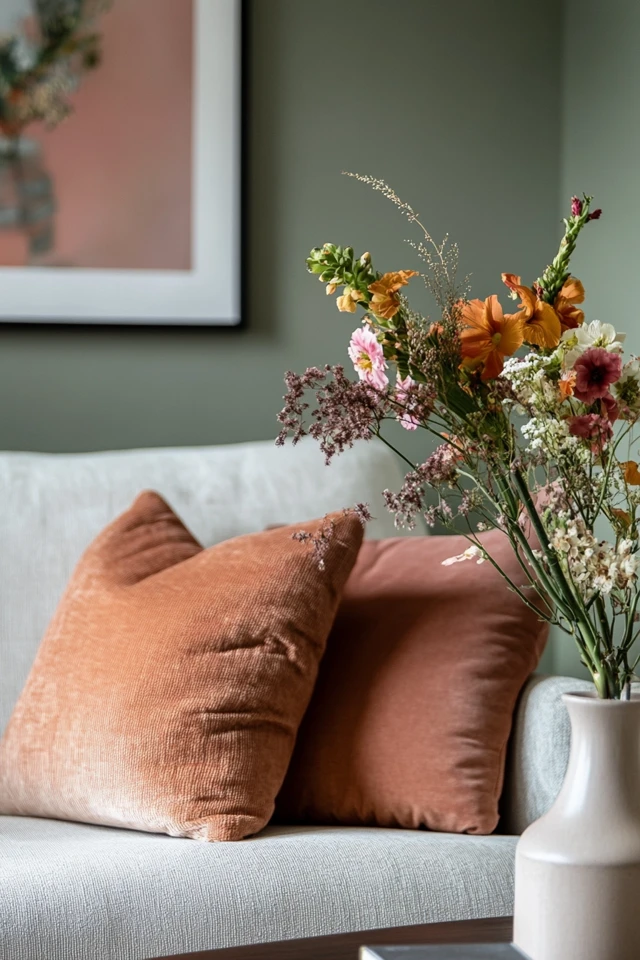Introduction
Every room has them—those awkward, empty corners that seem to defy all attempts at functionality or style. Instead of letting them languish as dead spaces, you can transform these corners into assets that enhance the overall design and utility of your home. Whether it’s creating a cozy reading nook, adding extra storage, or simply injecting personality into a forgotten spot, corners hold untapped potential.
I used to ignore the corner in my living room until one day, inspiration struck. With the addition of a sleek accent chair, a small side table, and a floor lamp, it became my favorite reading spot. What was once an overlooked area is now a design feature that brings balance and character to the room. That experience taught me that empty corners aren’t wasted space—they’re opportunities waiting to be discovered.
In this guide, I’ll show you how to turn those empty corners into beautiful, functional parts of your home. Whether your space is modern, rustic, or eclectic, there’s a way to make every corner work for you.
The Perfect Design for You
This approach is ideal for anyone looking to maximize the potential of their home without undertaking major renovations. Empty corners are blank canvases that can be adapted to suit your needs, whether you’re adding more storage, enhancing the ambiance, or simply injecting a touch of charm into a room.
Imagine a dining room with an empty corner transformed into a stylish bar cart setup, or a bedroom where a previously unused nook becomes a serene workspace. These corners can even become focal points in their own right, drawing attention to design choices like plants, art, or lighting.
The beauty of using corners lies in their versatility. With a few well-chosen pieces, you can make even the smallest spaces functional and visually engaging.
Picture Gallery
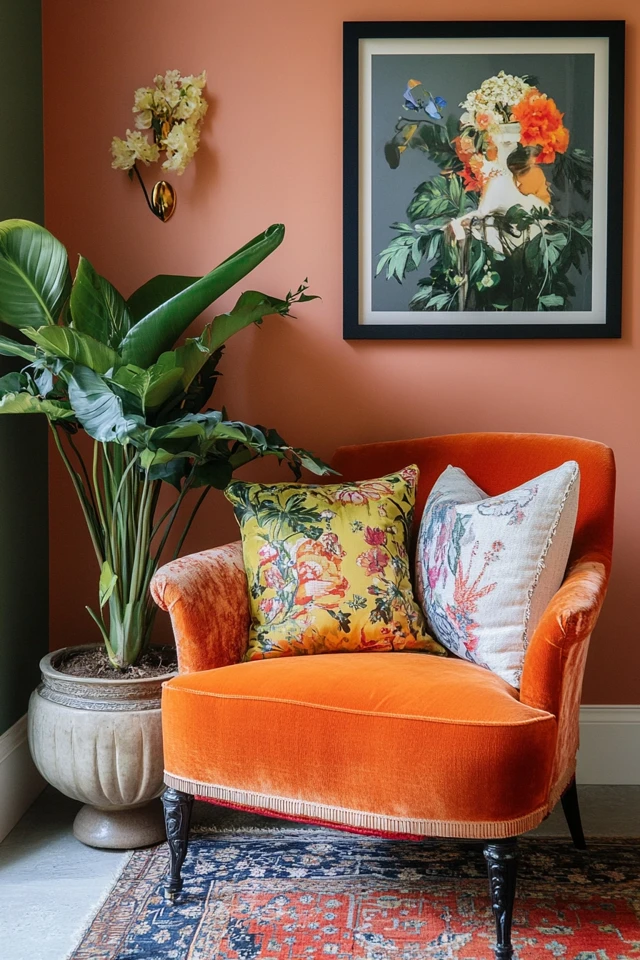
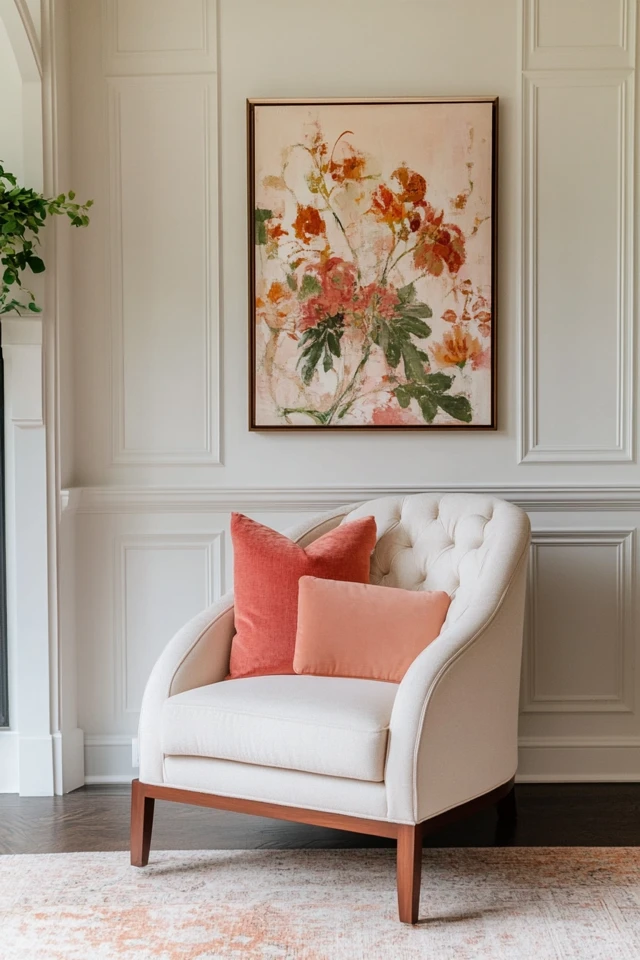
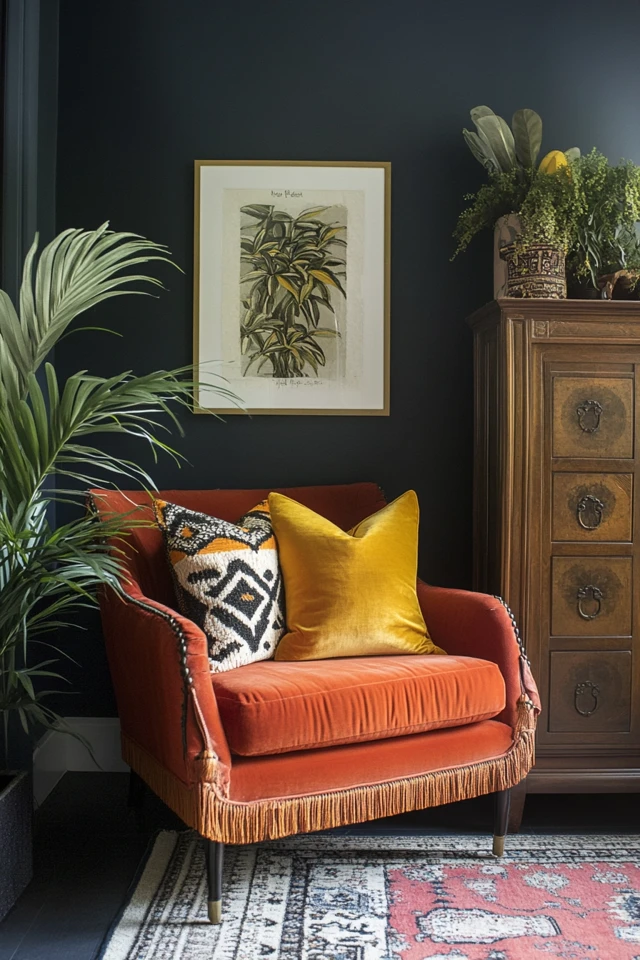
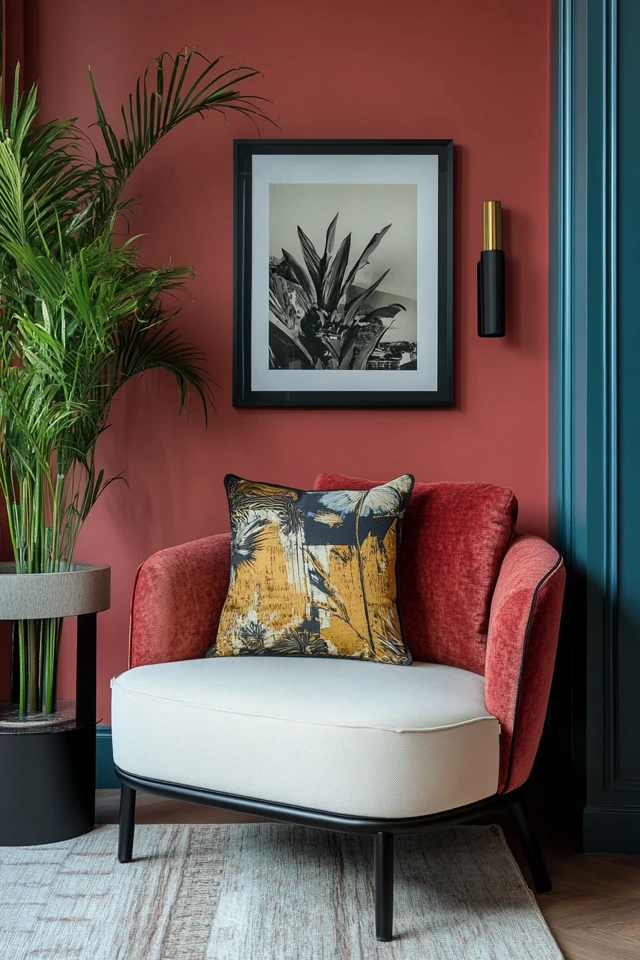
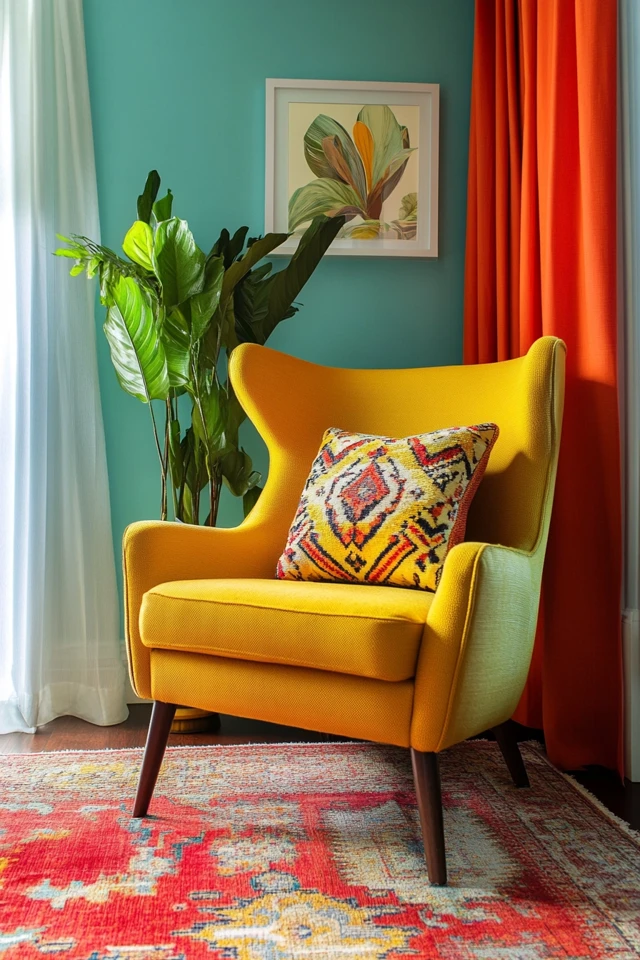
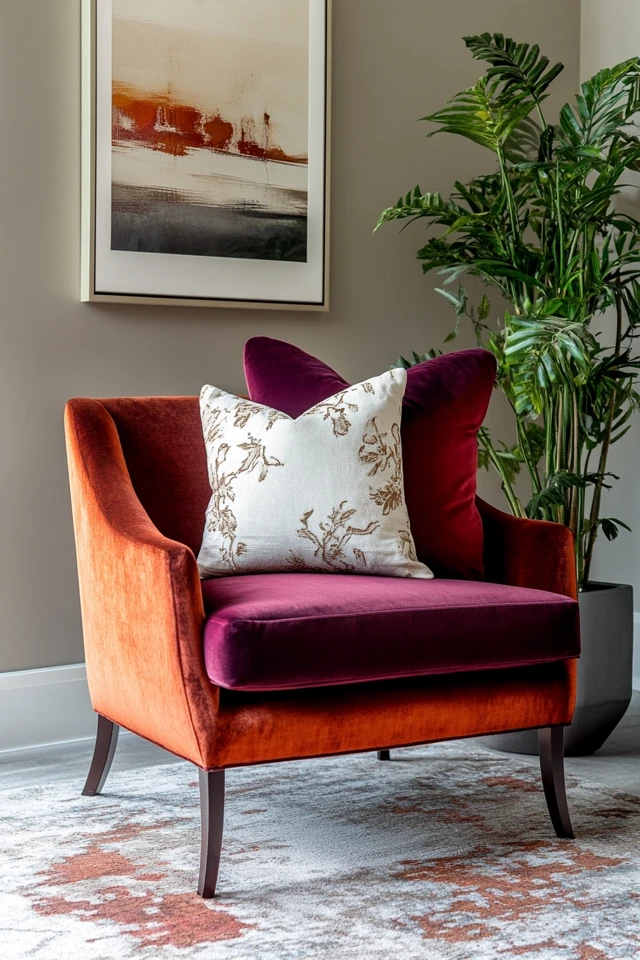
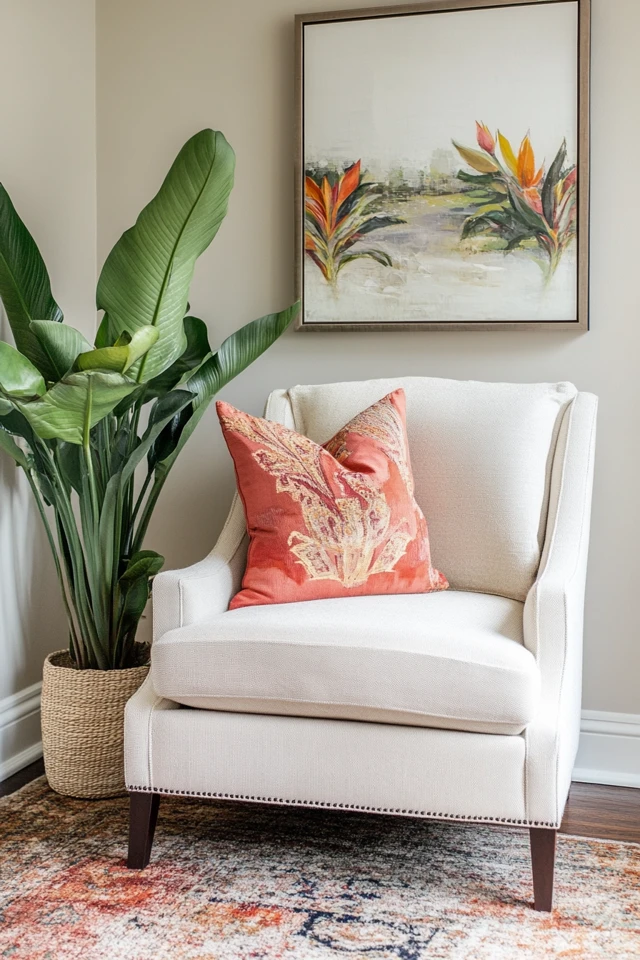
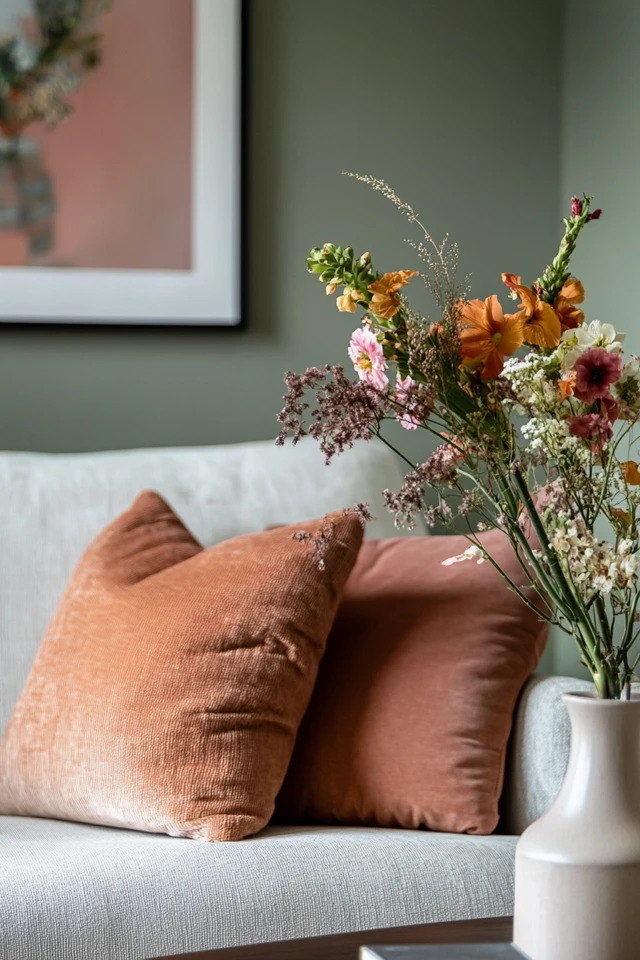
Why These Key Elements Work So Well Together
Transforming empty corners requires a mix of practicality, aesthetics, and spatial awareness. Here’s why the elements work together to create a cohesive look:
- Verticality: Utilizing vertical space in corners (e.g., with shelving, tall plants, or standing lamps) draws the eye upward, making the room feel taller and more balanced.
- Layering: Combining textures, heights, and materials adds depth. For instance, layering a soft armchair with a woven throw and a sleek metal lamp creates a curated, intentional feel.
- Contrast: Corners are often dark or overlooked, so adding a pop of color, light, or texture makes them stand out without overwhelming the room.
Evidence-based design shows that activating underutilized spaces, like corners, can improve flow and functionality in a home. A well-thought-out corner design can create balance and help the room feel complete, rather than fragmented.
How to Use Empty Corners to Enhance Your Room: Step-by-Step
1. Evaluate the Space
- Look at the corner and assess its size, light availability, and the room’s overall purpose. Is the corner large enough for furniture, or is it better suited for decor?
2. Define Its Function
- Decide what you need the corner to do:
- Provide extra storage?
- Create a functional area (e.g., a workspace or reading nook)?
- Enhance the room’s style with decor?
3. Choose Your Anchor Piece
- Select a primary element to define the corner. Examples include:
- A cozy chair for a reading nook.
- Floating shelves for a display corner.
- A tall plant or floor lamp for vertical interest.
4. Layer Supporting Elements
- Add smaller items to complement the anchor piece. For example:
- A side table, pillow, and rug for a seating area.
- Art prints or decorative objects for shelving.
- A basket or planter to fill negative space.
5. Light It Up
- Corners often lack light, so introduce floor lamps, sconces, or string lights to brighten the area and make it feel inviting.
6. Incorporate Texture and Color
- Use contrasting materials (e.g., a leather chair with a soft throw or a rustic plant stand against smooth walls) to add visual interest. A pop of color in the form of a vase or artwork can also energize the space.
7. Keep It Balanced
- Ensure the corner complements the room’s overall design. For example, a minimalist corner should echo the clean lines of the rest of the space, while an eclectic room can handle more variety.
FAQ
1. What are some quick fixes for an empty corner?
Try a tall plant, a decorative ladder for blankets, or a statement lamp for an instant transformation.
2. How do I style a small corner?
Focus on vertical elements like floating shelves, tall mirrors, or a slim bookshelf. Use light-colored or transparent materials to avoid crowding the space.
3. Can I use corners for storage without sacrificing style?
Absolutely! Stylish baskets, built-in shelving, or a sleek cabinet can provide storage while enhancing the corner’s look.
4. How do I make an empty corner feel cohesive with the rest of the room?
Choose colors, materials, and decor that tie into the room’s existing style. For instance, use a similar wood tone or a complementary accent color.
5. How do I fill a corner without making it feel cluttered?
Stick to one or two key pieces and leave some negative space around them. A minimalist approach ensures the corner feels purposeful, not busy.
Variations
- Reading Nook: Add a comfortable chair, a floor lamp, and a small side table. Layer in a cozy throw and a stack of books for a personal touch.
- Plant Haven: Use a tall, leafy plant as the anchor piece and complement it with smaller pots or hanging plants. A woven basket adds texture.
- Art Corner: Install floating shelves or a gallery wall to showcase art, photos, or collectibles. Use a mix of frames and objects for an eclectic look.
- Workspace: Fit a compact desk and chair into the corner. Add a task lamp and organize supplies with wall-mounted storage.
- Bar Cart Setup: Place a bar cart in the corner and style it with glassware, bottles, and accessories. Use the wall above for shelves or artwork.
How to Showcase It
- Seasonal Updates: Rotate decor in your corners based on the season. For fall, add warm-toned accents like pumpkins or candles. In spring, incorporate fresh flowers or pastel-colored decor.
- Holiday Decor: Use corners for seasonal displays like a small Christmas tree, a festive wreath, or a table with holiday-themed accents.
- Everyday Functionality: Turn corners into everyday-useful areas, like a drop zone for keys and bags in an entryway or a quiet reading nook in a bedroom.
- Special Occasions: Use corners for temporary setups, such as a dessert station during a party or a display of gifts during celebrations.
Occasions to Feature It
- Housewarming Party: Highlight your newly styled corners with thoughtful designs that reflect your personal style.
- Relaxation Time: A reading nook or cozy corner with soft lighting is perfect for unwinding after a long day.
- Holiday Gatherings: Style corners with festive touches to spread the holiday spirit throughout your home.
- Creative Inspiration: Use corners to display art supplies or tools in a way that inspires creativity, especially in home offices or studios.
Conclusion
Empty corners are often overlooked, but with a little creativity, they can become some of the most dynamic and functional parts of your home. Whether you’re looking to add storage, enhance your room’s style, or carve out a cozy nook, corners hold endless potential for transformation.
By evaluating the space, choosing intentional pieces, and layering textures and lighting, you can turn even the smallest corner into a design feature. Remember to balance function with style, leaving enough negative space to keep the area feeling open and inviting.
Don’t let those corners go to waste—experiment, have fun, and create spaces that make your home feel complete and uniquely yours!

